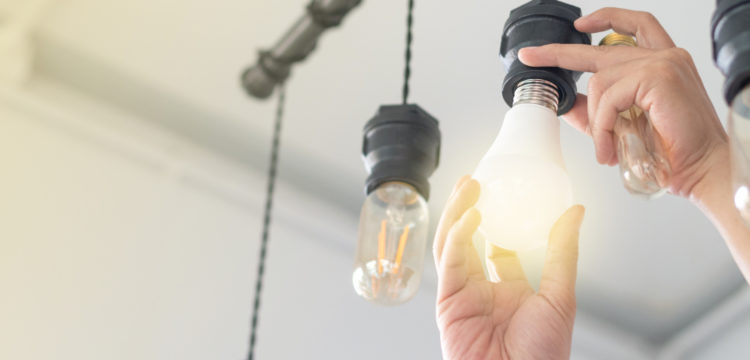They were a novelty at first, but now that we’re used to them, it’s clear there are some serious drawbacks to Zoom and other digital meeting platforms. One person’s audio isn’t working, another has a screaming child or barking dog in the background, and others are clearly not paying attention, unless of course the meeting is interrupted by a Zoombomber.
Another problem is that it can be hard to read the virtual room. With fewer nonverbal clues, people often talk over each other. A 2019 Women in the Workplace report created by McKinsey and LeanIn.org found that 50% of women surveyed had experienced being interrupted or spoken over during a workplace meeting. Digital meeting platforms have likely made the situation worse, allowing workplace bullies to hide behind their screens.
But with some workplaces going permanently remote, it looks like Zoom, Skype and Google Hangouts are here to stay. Luckily, there are ways to make virtual meetings more entertaining, compelling and equitable, according to Creative Impact Group President Joanne Brooks, whose company stages corporate events such as trade shows, product launch celebrations, team building exercises, and lately, virtual meetings. Brooks offered the following tips for agents looking to think outside the “Brady Bunch” Zoom box to create a memorable virtual event.
- Plan ahead. Create an agenda and share it prior to the meeting, but don’t stop there. Have a plan in place in case the meeting — or any participant — goes off on a tangent. Knowing how to bring it back on track is key to keeping participants involved while avoiding dead air or a loss on engagement.
- Build inclusive interaction. Attendees will get the most out of your meeting if they are able to participate before, during and after the meeting. Find out what participants want to discuss beforehand, organize breakout groups to give attendees the chance to interact and discuss topics at hand, and follow up with relevant resources afterward.
- Take breaks. Attention spans are even shorter in a virtual setting, according to Brooks, so it’s important to give audience members time to process all the information you’re giving them. The venue may be virtual, but attendees can still move around their space. Incorporate physical movement — even elements of yoga — to retain concentration and focus during a long meeting.
- Bring in some talent. For a special virtual event, surprise guests by bringing in a comedian, local celebrity or important figure in your company to moderate the meeting. Give attendees a chance to ask questions and interact, something they can’t get from watching a recording. Other ideas to engage stressed out clients or associates include hosting an interactive cooking demo or a virtual fitness training session.
- Hit them up with treats. Not everything has to be virtual, said Brooks. She suggested mailing packages with branded items ahead of the meeting or delivering lunch to participants’ homes, a memorable way to thank attendees for their time and engagement.
- Rehearse. Treat a large virtual event like any other involved production you might undertake and give it a dry run ahead of time. Make sure your content is polished, technology is working, and key players are on script.
If you’re looking to work optimally from home, our article on productivity habits has you covered. If you’re looking for other ways to adapt to the new landscape created by COVID-19, read our post on staging for the post-coronavirus era.


